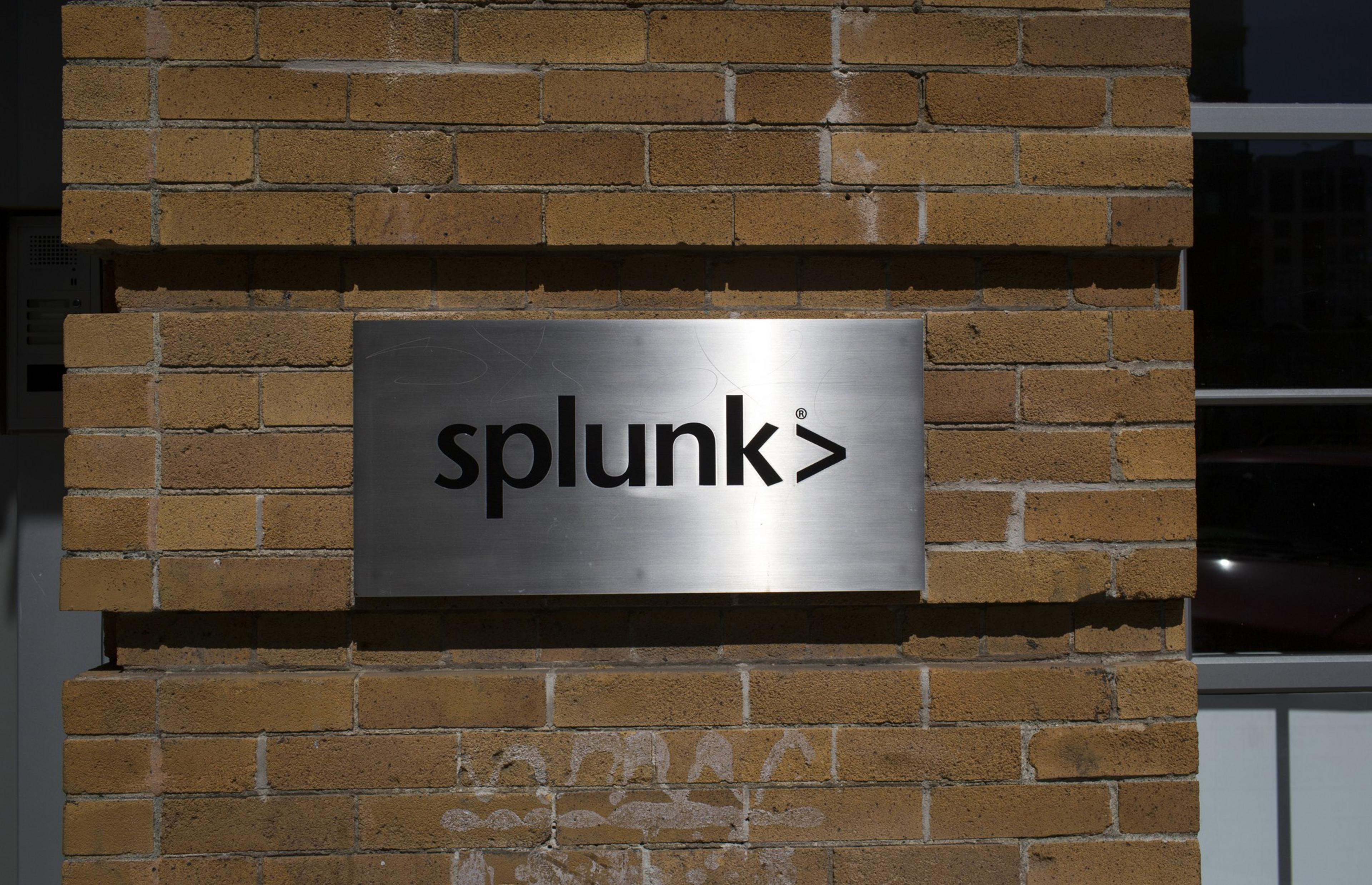Are tech layoffs creeping up again?
In recent months, Google, Meta and Twitch have conducted new rounds of job reductions. And in the first three days of November alone, San Francisco companies Splunk and Faire laid off hundreds of workers.
After months in decline, the number of layoffs went up once again in October, said Roger Lee, the founder of layoff tracker Layoffs.fyi.
“Even though we’ve been seeing gradual declines in layoffs throughout the year, it’s still a very high number,” Lee told The Standard. “We are still in an environment that is not favorable to employees.”
From January to August, more than 10,000 employees were laid off each month, Layoffs.fyi data show, with January being the most severe month. Back at the beginning of the year, behemoths like Meta and Salesforce were cutting staff in droves.
Five things we learned from our bare-all interview with Sam Altman

Layoff.fyi’s tally of job cuts fell to 4,707 in September before creeping back up to 7,381 in October.
Those figures, Lee pointed out, are still much higher than what was the norm in 2021, or at the end of 2020.
Many companies have conducted multiple rounds of staff reductions.
“You’re seeing a lot of companies realizing that the layoff they did last year was not enough, and they’re going back and cutting more,” Lee said.
Even if the numbers themselves are not in the triple or quadruple digits—in recent weeks, for instance, Google laid off dozens of people in its news arm and its voice assistant team—the continued cuts are still worrisome for employees.
“They can no longer believe that if they lasted through one layoff … that they are safe,” he said.
Which Jobs Are Most Likely to Be Cut?
Megan Slabinski, a district president for staffing firm Robert Half covering Northern California and the northwestern U.S., sees these continued cuts in a different light. She’s framing recent layoffs as “tied more to performance management than broad sweeping layoffs.”
Job functions that are less technical in nature—recruiting, human resources and sales—are currently more in the crosshairs, Slabinski and Lee said, while technical jobs have been less affected. (That’s not always the case, however: The Faire layoffs, for example, hit across the company, not just among non-technical workers.)
Continued layoffs can be linked to high interest rates, Lee said, which have put increased strain on businesses—especially tech companies, which are often reliant on third-party lending. Poor debuts on the stock market by tech companies have also led investors to be cautious about putting their resources toward the tech industry.
But there is some evidence that suggests that this rough patch in the tech industry could be ending.
For example, interest rates may be at a 22-year high, but the Federal Reserve this week opted not to raise them further.
At the same time, Slabinksi pointed out that the quit rate in the tech industry—or the rate at which employees are leaving jobs, an indication of employee confidence—has remained steady, as has wage growth. In San Francisco, the unemployment rate in September dropped from 3. (opens in new tab)6 (opens in new tab)% (opens in new tab) to 3% (opens in new tab).
Growth still persists in buzzy parts of the tech world, namely in the artificial intelligence space, Lee noted, a fact that has been made apparent by OpenAI and Anthropic’s continued expansion in San Francisco.
Local companies outside the tech industry, Slabinski said, could also benefit from the influx of talent in tech—especially in the government, health care and utility spaces.
“Whereas maybe you might not see the same volume of opportunities in the technology industry specifically,” Slabinski said, “the other industries are still robustly hiring and taking advantage of the increase in talent in the Bay.”
